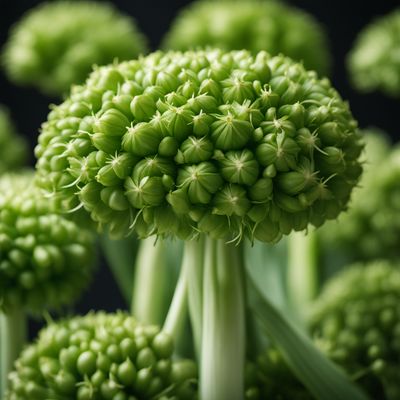
Ingredient
Garlic
The Aromatic Wonder of the Kitchen
Garlic, scientifically known as Allium sativum, is a bulbous plant closely related to onions, shallots, and leeks. It features multiple cloves encased in a papery skin, with each clove contributing to the overall flavor and aroma. When raw, garlic has a strong, pungent taste and a sharp, spicy bite. However, when cooked, it mellows out and develops a rich, savory flavor with subtle sweetness. The texture of garlic can vary depending on how it is prepared, ranging from crunchy when raw to soft and buttery when roasted or sautéed. The appearance of garlic bulbs is characterized by their off-white or pale yellow color, with the cloves tightly packed together.
Origins and history
Garlic has a long history of culinary and medicinal use, dating back thousands of years. It is believed to have originated in Central Asia and has been cultivated and consumed by various civilizations, including the ancient Egyptians, Greeks, and Romans. Garlic has been highly regarded for its potential health benefits, such as boosting the immune system, reducing blood pressure, and improving cardiovascular health. It has also been associated with warding off evil spirits and used in traditional folklore remedies.
Nutritional information
Garlic is a nutrient-dense ingredient, rich in vitamins C and B6, manganese, and selenium. It also contains sulfur compounds, such as allicin, which are responsible for its distinct aroma and potential health benefits. Garlic is low in calories and carbohydrates, making it a versatile ingredient for those following various dietary patterns. However, it is important to note that the nutritional content may vary depending on the specific variety and preparation method of garlic.
Allergens
Garlic is not a common allergen, but some individuals may experience allergic reactions or sensitivities. Symptoms may include skin rashes, digestive discomfort, or respiratory issues. If you have known allergies to allium vegetables, such as onions or leeks, it is advisable to exercise caution when consuming garlic or consult with healthcare professionals.
How to select
When selecting garlic, look for bulbs that are firm and plump, with tightly attached cloves. Avoid bulbs that have soft spots, mold, or sprouting. The skin should be dry and papery, without any signs of moisture or discoloration. It is advisable to choose organic garlic whenever possible to minimize exposure to pesticides. Additionally, consider the size of the cloves, as larger cloves are easier to peel and mince.
Storage recommendations
To maintain the freshness and quality of garlic, it is best to store it in a cool, dry place with good ventilation. Avoid storing garlic in the refrigerator, as the moisture can cause it to sprout or become moldy. It is advisable to keep the bulbs intact until ready to use, as breaking them apart can accelerate spoilage. Proper storage conditions can help extend the shelf life of garlic for several months.
How to produce
Garlic can be easily grown at home by planting individual cloves in well-drained soil, with the pointed end facing up. It requires a sunny location and regular watering. The cloves will gradually develop into bulbs, which can be harvested when the leaves turn yellow and dry. Growing garlic at home allows for a fresh supply of this aromatic ingredient and can be a rewarding gardening experience.
Preparation tips
Garlic can be used in a multitude of ways in the kitchen. It can be minced and added to sauces, marinades, dressings, or sautéed with vegetables for added flavor. Roasting whole garlic bulbs brings out a mellow and sweet taste, perfect for spreading on bread or incorporating into mashed potatoes. Garlic can also be used to infuse oils or vinegar, providing a fragrant base for various culinary creations. When using raw garlic, it is important to note that its flavor intensifies over time, so it is advisable to start with smaller quantities and adjust according to taste.
Substitutions
Shallots, onions, or leeks can be used as suitable substitutes for garlic, although they will impart slightly different flavors to the dish. Garlic powder or granules can also be used as a substitute, but the flavor will be less intense compared to fresh garlic. It is important to consider the specific recipe and desired flavor profile when choosing a substitute for garlic.
Culinary uses
Garlic is a versatile ingredient that is used in countless culinary applications worldwide. It is a fundamental component of many cuisines, including Italian, Mediterranean, Asian, and Middle Eastern. Garlic can be found in dishes such as pasta sauces, stir-fries, soups, stews, roasted meats, and vegetable preparations. Its ability to enhance the flavor of other ingredients makes it a beloved addition to a wide range of recipes.
Availability
Garlic is cultivated and consumed in various regions around the world. It is commonly available in countries such as China, India, Spain, the United States, and Italy. Additionally, garlic is grown in many other countries with suitable climates and is often imported to meet global demand.
More ingredients from this category
Recipes using Garlic » Browse all

Pršunate with a Twist
Savory Croatian Delight: Pršunate with a Modern Twist
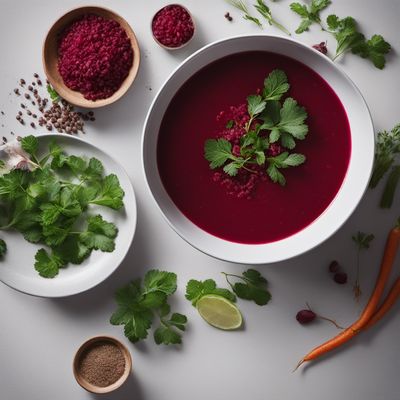
Palestinian Beetroot Soup
Beetroot Delight: A Palestinian Twist on a Russian Classic
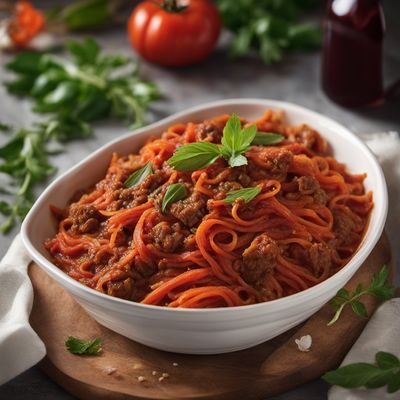
Ragù alla Pugliese
Hearty Puglian Meat Sauce: A Taste of Southern Italy
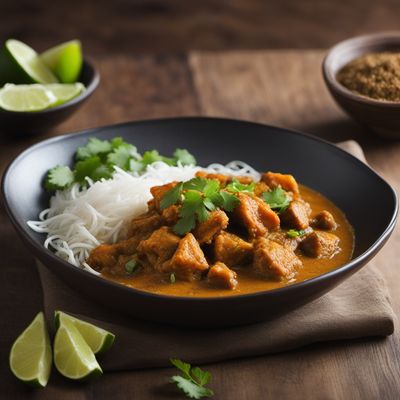
Awadhi-style Fish Curry with Rice Noodles
Royal Fish Curry: A Flavorful Awadhi Delight

Buñuelos de Bacalao with Romesco Sauce
Crispy Cod Fritters with Tangy Romesco Sauce
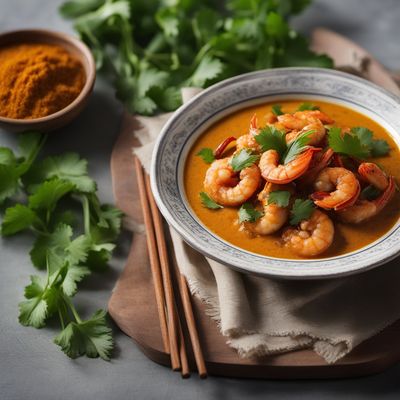
Indonesian-style Spicy Shrimp Curry
Fiery Shrimp Delight: A Taste of Indonesia's Spices

Peranakan-style Coconut Heart of Banana Blossom Curry
Nyonya Delight: Fragrant Coconut Curry with Banana Blossom Hearts

Stuffed Piquillo Peppers with Tuna
Savory Delights: Tuna-Stuffed Piquillo Peppers
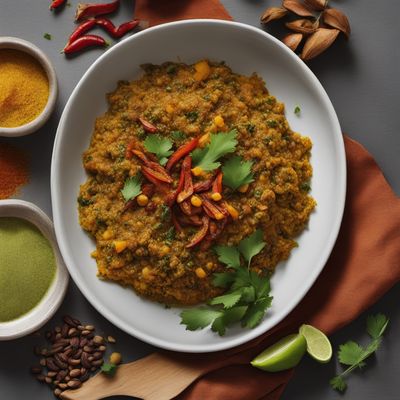
Grenadian Faves a la Catalana
Spiced Grenadian Fava Bean Stew with Plantains

Berber-style Muamba Nsusu
Spicy Berber Chicken Stew with Peanut Sauce
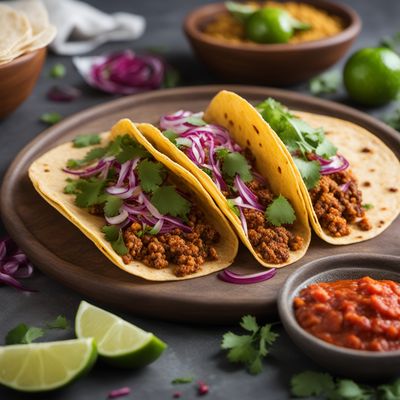
Jumiles Tacos
Zesty Jumiles Tacos: A Flavorful Twist on Mexican Cuisine
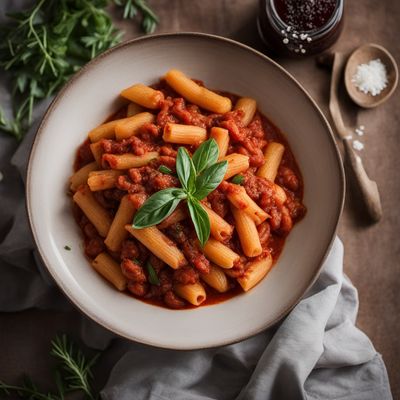
Gnocchi di Pasta Lievitata con Ragù di Coniglio
Fluffy Pasta Gnocchi with Rabbit Ragù
